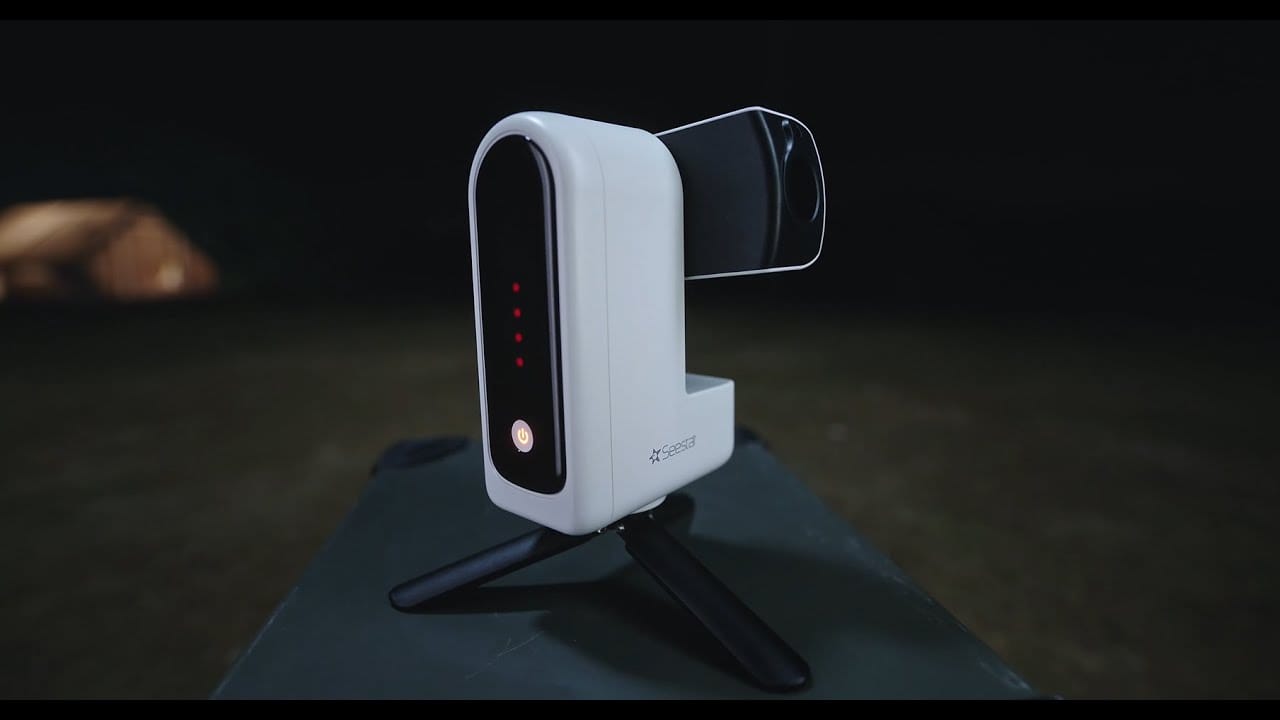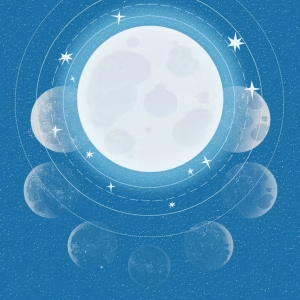Seestar S30 vs. S50: The Seestar S50 set a new standard for smart telescopes in 2023. When ZWO subsequently came out with the cheaper Seestar S30, many thought, “Is this just a slimmed-down version or is there more behind it?” In this comprehensive comparison, we dive into the technical differences, image quality and real user experiences. Whether you want to capture the Moon or view nebulae in detail, this will help you choose.
Seestar S30 vs S50: What is the difference between the Seestar S30 and S50?
At first glance, they look similar: same app, same automation, similar features. But there are two key differences:
- Aperture: The S50 has a 50 mm lens, the S30 only 30 mm. More aperture means more light, so sharper and more detailed images.
- Sensor: The S30 uses the newer Sony IMX662 sensor (less noise, better contrast), while the S50 works with the older IMX462.
Both models use the same app, offer live stacking, automatic GoTo, and come with solar filter, USB-C cable, tripod and carrying case.
1. Price and target audience
- Seestar S30: €499 - aimed at beginners and price-conscious users.
- Seestar S50: €699 - for those who want to see more detail and have room in the budget.
2. Main differences
| Feature | Seestar S30 | Seestar S50 |
|---|---|---|
| Opening | 30 mm | 50 mm |
| Focal length | 150 mm | 250 mm |
| Sharpness and detail | Good for basic use | Significant gains on the Moon and planets |
| Sensor | Sony IMX662 (new) | Sony IMX462 (older) |
| Angle of view (FoV) | 1.2° × 2.13° | 0.7° × 1.3° |
| Filter Assembly | Magnetic | Manual |
| Weight | 1.7 kg | 3 kg |
3. What do you see with the Seestar S30?
The S30 is surprisingly capable for its price point. Its wide angle of view makes it ideal for:
- ✓ The Andromeda Nebula in one image
- ✓ Sun and Moon in detail, including sunspots
- ✓ Bright deep-sky objects such as M42 (Orion Nebula)
- ✗ Planets such as Jupiter or Saturn show no details, only bright dots
The latest firmware update even offers an EQ mode, allowing longer exposures.
4. What additional benefits does the S50 provide?
The S50 is especially better if you:
- ✓ Want more resolution and contrast on Moon, sun, star clusters
- ✓ Want to see planetary details: rings of Saturn, bands on Jupiter
- ✓ Preferring sharpness to a wider angle of view
Note that the sensor is older than that of the S30, but the larger aperture largely compensates for that. Especially in poor light or Bortle 7 conditions, the S50 comes into its own better.
5. Deep-sky with stacking and mosaic
Both telescopes support mosaic mode, in which multiple pictures are automatically stitched. This doubles the angle of view, useful for:
- Orion Nebula
- Horsehead Nebula
- Large star fields
Because the S30 already has a wider viewing angle by itself, you don't have to use it as often as with the S50. In turn, the S50 delivers more detail per segment.
6. Sun, Moon and Planets
Both models are excellent for sun and moon observations. The solar filters are included and easy to use.
- The S30 has magnetic attachment of the solar filter and a wide-field lens for manual search.
- The S50 operates entirely via GoTo and has no widefield lens.
In terms of planets, we see a clear winner:
- ✗ S30 shows only Jupiter's disk and moons
- ✓ S50 Shows rings of Saturn and details on Jupiter
7. Ease of use and battery
Both models are fully app-controlled (Android/iOS), have auto focus, image editing and share live image via WiFi. Guests can watch along on the app (up to 8 at Seestar).
- Battery life: Approximately 6 hours at both
- Storage: 64 GB internal memory
- Charging: via USB-C, also during operation
8. For whom is which telescope suitable?
| Target | Best choice |
| Moon and planets | Seestar S50 |
| Nebulae and star clusters | Seestar S30 |
| All-round & budget | Seestar S30 |
| Detail & resolution | Seestar S50 |
| Weight & portability | Seestar S30 |
Conclusion: which one do you choose?
The Seestar S30 is perfect if you want to get a low-threshold start with smart astrophotography. It's lighter, cheaper and surprisingly capable. However, do you want to see more detail, especially with the Moon and planets? Then the Seestar S50 is an excellent upgrade for a relatively small additional cost.
For both, you put it down, launch the app, and instantly get images of the universe in stunning quality - without knowledge or experience.
👉 View the Seestar S30 or Seestar S50 at Telescoop.co.uk and order today







